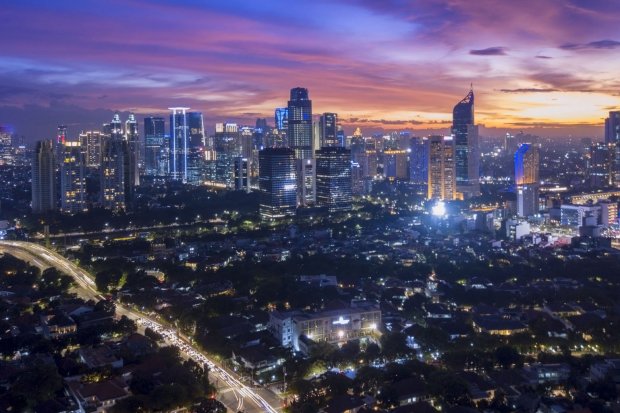Indonesia's Upper-Middle-Income Country Status: What Are the Impacts?

Amid the COVID-19 pandemic pressure, the World Bank raised Indonesia's status from the lower-middle-income country to the upper-middle-income country as of July 1, 2020. The status was upgraded because, based on the latest assessment from the World Bank, Indonesia's Gross National Income (GNI) per capita in 2019 rose to US$ 4,050 from the previous GNI of US$ 3,840.
"The upgrade on Indonesia's status is evidence of the country's economic resilience and sustainable growth that has been maintained in recent years," the Finance Ministry wrote in an official statement.
The World Bank classifies countries based on GNI per capita in 4 categories: Low Income of US$ 1,035, Lower-Middle Income of US$ 1,036 - US$ 4,045, Upper-Middle Income of US$ 4,046 - US$ 12,535, and High Income greater than US$ 12,535.

